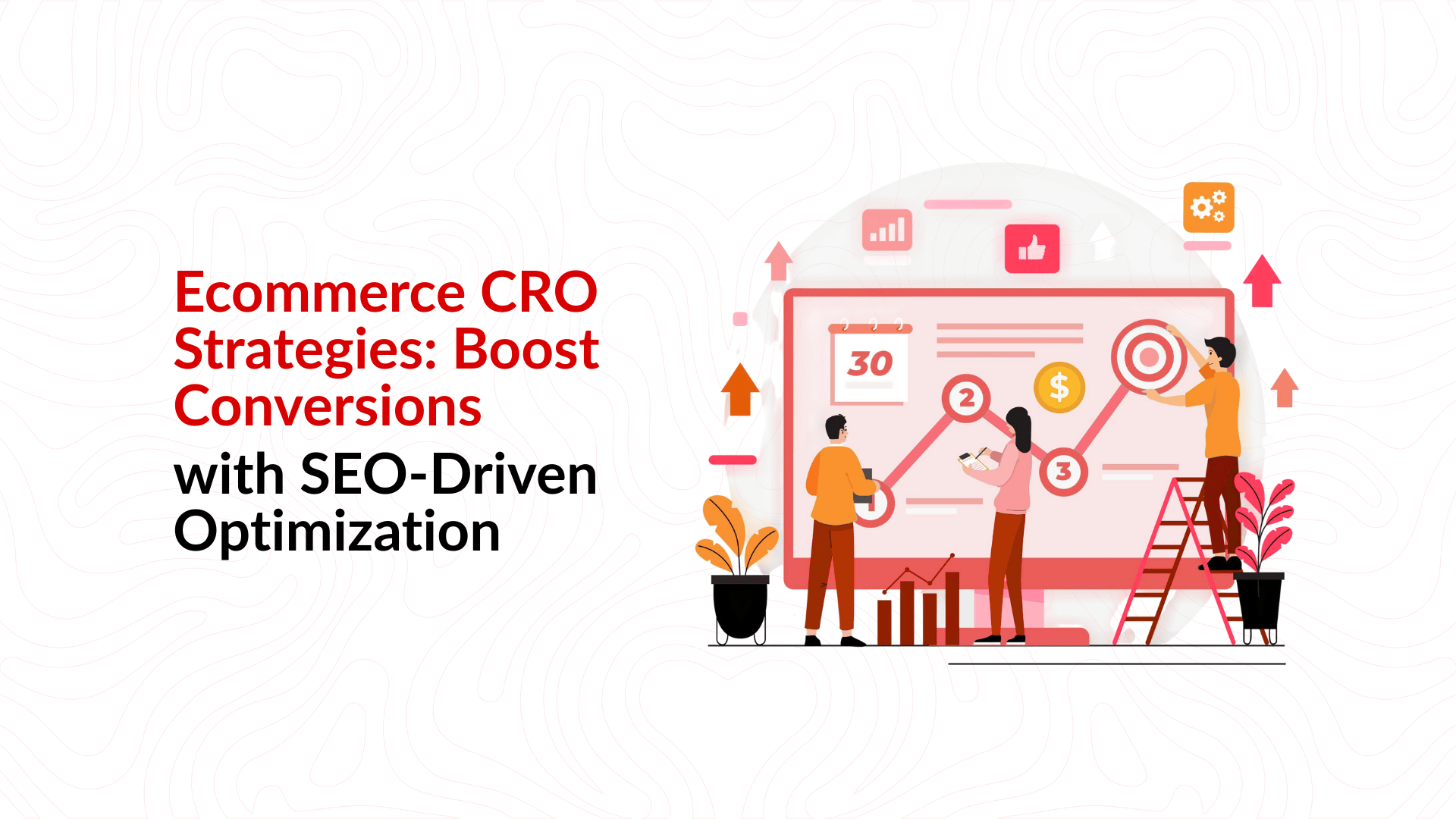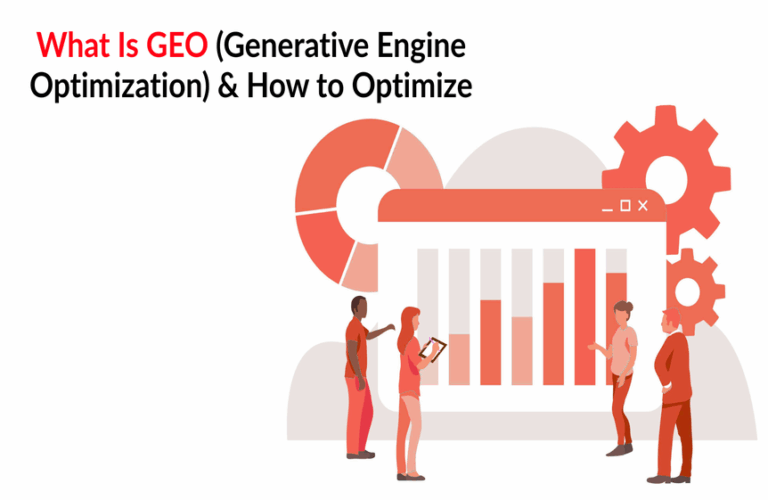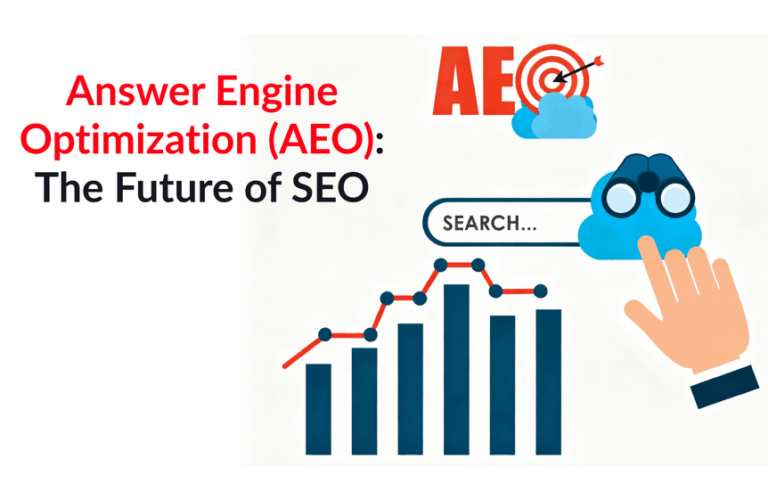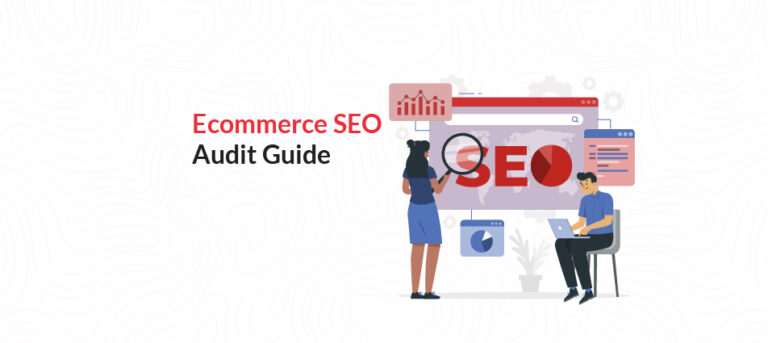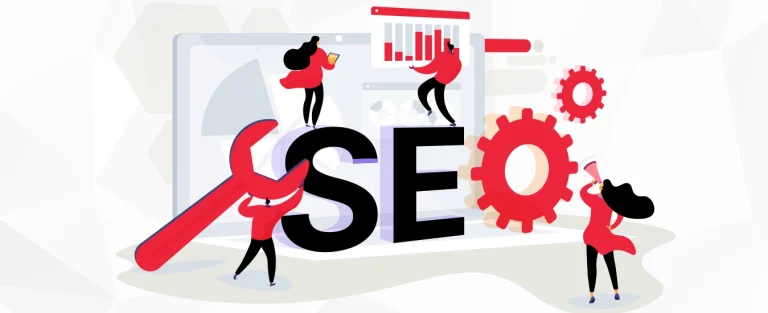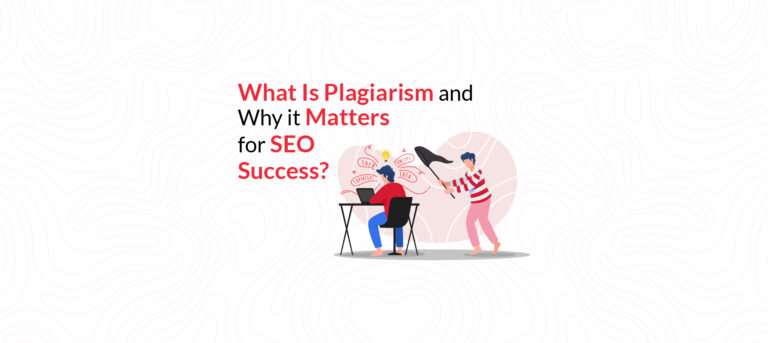Ecommerce CRO Strategies: Boost Conversions with SEO-Driven Optimization
Most online stores pour their energy into chasing more clicks, higher traffic numbers, and bigger ad spends. But here’s the thing—if the visitors you’re already getting aren’t converting, you’re simply leaving sales on the table. That’s where ecommerce CRO—formally known as ecommerce conversion rate optimization—steps in. The goal? To make your store so seamless and easy to use that more of the people who land there actually follow through with a purchase.
That’s where CRO for ecommerce websites comes in — basically making your store so smooth, so intuitive, that more of your existing visitors actually complete a purchase. Think of it as tuning up a car you already own instead of buying a new one every month. Adobe puts it neatly — it’s the deliberate improvement of design, usability, and the little workflows that push people from “just looking” to “checking out.” In day-to-day terms, it might mean trimming the fluff on product pages, unclogging your checkout process, or throwing in the kind of trust signals that make shoppers feel safe whipping out their card.
And why’s this such a big deal right now? Simple: ads are getting pricier, competition’s everywhere, and most customers have more than one tab open. A tiny boost in conversions can bring in the same revenue as a big traffic surge — without the big marketing bill.
This guide walks through why conversion optimization matters for ecommerce, how it fits hand-in-hand with SEO, the elements on your site that quietly make or break sales, the testing setups pros swear by, and a few advanced tricks to keep in your back pocket. We’ll wrap with the key numbers worth watching and straight-shooting answers to the FAQs people ask most.
Why Ecommerce CRO Is Crucial for Online Sales Growth
Picture your store like a funnel. People drop in at the top — maybe from a Google search, an Instagram ad, or a friend’s link. They browse, click a few products, maybe toss one into the cart. But at each stage, a chunk of them slip away. Maybe your page took too long to load. Maybe your menu looked like a puzzle. Maybe that form asked for “middle name” for no reason.
Ecommerce conversion rate optimization is the art of plugging those leaks. It’s removing the tiny (and not so tiny) roadblocks that make shoppers abandon the process. And here’s where the math hits: Northpeak once crunched the numbers — if your site converts 2% of 50,000 monthly visitors, and you bump that to 3%, you’ve just improved ecommerce sales by roughly ₹2 crore in revenue (northpeak.io). Same traffic. No extra ads.
More sales from the same number of visitors also means your customer acquisition cost drops. Instead of paying for another thousand clicks, you’re getting more mileage from the ones you already have. In some case studies, just a one-point rise in ecommerce conversion rate has meant tens of lakhs more in the bank.
Ecommerce CRO and SEO: A Growth-Driven Partnership
One without the other is like setting up a great restaurant but locking the doors, or keeping the doors wide open but serving cold soup. SEO gets people to your site. CRO makes them stay — and buy.
SEO works to pull in qualified traffic. But qualified doesn’t mean guaranteed buyers. If your site feels clunky or off-brand, they’ll bounce. CRO swoops in to make sure the journey from “I found it” to “I bought it” is seamless.
And here’s the twist: the changes you make for CRO — faster load speeds, cleaner navigation, calls-to-action that actually tell people what’s next — also help SEO. Google’s watching dwell time, bounce rate, engagement. If users find what they came for, hang around, click deeper, that sends all the right signals back to the search engine.
The pro tip here? Don’t just “guess” what’s wrong. Use heatmaps, session recordings, and analytics tools to spot high-traffic pages with poor conversion rates. These SEO and CRO strategy tweaks are low-hanging fruit in any ecommerce growth strategy—test those first.
Key CRO Elements That Impact Conversions
Plenty of things can nudge a visitor toward a “yes” — or scare them off entirely. Here are the big hitters worth prioritising:
Speed and Mobile-First Design
Keep load times under two seconds. Compress images, trim scripts, cut redirects. Brainspate makes the point that responsive layouts and thumb-friendly buttons are no longer optional. Mobile shoppers won’t pinch-zoom their way through your checkout—mobile conversion rate optimization is now a must.
Navigation and Search
Clear categories. Filters that make sense. Breadcrumbs so they don’t get lost. Predictive search that actually predicts. Anything that helps a user find what they want faster is a win for ecommerce UX best practices.
Product Page Optimization
Crisp, high-resolution photos. Short, scannable descriptions. An Add to Cart button that doesn’t hide in the corner. SSL badges, return policy snippets — the little trust signals matter. And if you can cross-sell intelligently (“You might also like…”), you’re nudging up that average order value. This is the heart of ecommerce product page optimization.
Checkout Process
Keep it lean: guest checkout, auto-fill, multiple payment methods, clear shipping costs before the last step. Mobile cart abandonment is around 78%, so design for thumbs and small screens.
Social Proof and Urgency
Real reviews, star ratings, live purchase counters. Scarcity works too — countdowns, low-stock alerts. But use them honestly.
Optimise these and you’re already halfway to better sales numbers — and your SEO benefits from the improved user experience.
CRO Testing Frameworks and Tools for Ecommerce
Here’s the reality: CRO isn’t “set it and forget it.” It’s an ongoing cycle of trying, measuring, tweaking, and trying again.
- Ecommerce A/B Testing → Change one thing — headline, image, button text — and see which wins.
- Multivariate Testing → Change multiple elements at once to see how they interact. Needs more traffic.
- Split Testing → Send visitors to entirely different page templates.
If your site’s traffic is on the smaller side, stick to A/B tests first. You’ll reach statistically valid results faster.
Cro tools for ecommerce worth knowing: Google Optimize (free, integrates with Analytics), VWO and Optimizely (paid, feature-rich), Hotjar or Crazy Egg for heatmaps. Always segment your results by device or traffic source — a winning desktop layout might flop on mobile.
Frameworks like ICE (Impact, Confidence, Ease) or PIE (Potential, Importance, Ease) are lifesavers when you’re deciding which test to run first. The idea is simple—start with the changes that promise the biggest wins for the least effort. When used right, these conversion optimization tools frameworks can be game-changers for eCommerce teams.
Advanced CRO Strategies to Scale Ecommerce Growth
Once the basics are tight, push into tactics that give an extra lift:
- Personalized Ecommerce CRO → Show products or offers based on browsing history, past purchases, or location. Studies show AI-driven recommendations can boost conversions by 20% and revenue by 10–25%.
- Chatbots and Smart Pop-Ups → Trigger them based on intent — cart inactivity, long idle time — and offer help or an incentive without being annoying.
- Exit Intent Strategy → Catch shoppers about to leave with a discount or reminder. Follow-up emails can convert 44% of these.
- Bundling and Smart Upsells → Pair related items — a laptop with a mouse, a dress with matching accessories — so it feels like you’re saving them a second trip.
Use these sparingly. Overdoing it feels pushy but done right, they increase ecommerce conversion in measurable ways.
Measuring Ecommerce CRO Success & KPIs
Data is your scorecard. Watch:
- Ecommerce CRO Metrics → Conversion Rate = Conversions ÷ Visitors
- Bounce Rate & Avg. Session Duration → StoreGrowers says 41% and 2:57 are averages
- Cart Abandonment Rate → Around 70%
- Revenue per Visitor (RPV) → Total revenue ÷ Visitors
Track both macro conversions (purchases, sign-ups) and micro conversions (adding to cart, product views). Improving the micro steps often leads to better macro results.
Shopify’s 2025 benchmarks put global ecommerce conversion rates at 2.5–3% and Shopify store averages at 1.4%. Above 3%? You’re doing great. Above 4%? Exceptional.
Avoid common traps: don’t A/B test low-traffic pages, always segment results, and learn from the losing versions. Your conversion rate KPI tracking is only as good as your CRO analytics discipline.
More FAQs
What is a good ecommerce conversion rate in India in 2025?
Similar to global numbers — 2.5–3% is solid, 4% is exceptional.
How does CRO differ for mobile vs desktop ecommerce shoppers?
Mobile needs faster load times, responsive layouts, and digital wallets. Mobile abandonment is around 78%. Desktop users can handle more detail.
Can CRO help with reducing returns and improving LTV?
Yes. Accurate product details and quality images reduce returns. Personalised offers and loyalty programs lift lifetime value.
What’s the best way to start CRO if I have low traffic?
Fix obvious friction points before testing. Use heatmaps, user interviews, and grow traffic through ecommerce SEO first.
Does Google ranking improve with better ecommerce conversion rates?
Not directly — but CRO boosts engagement metrics like dwell time and bounce rate, which Google does notice.

